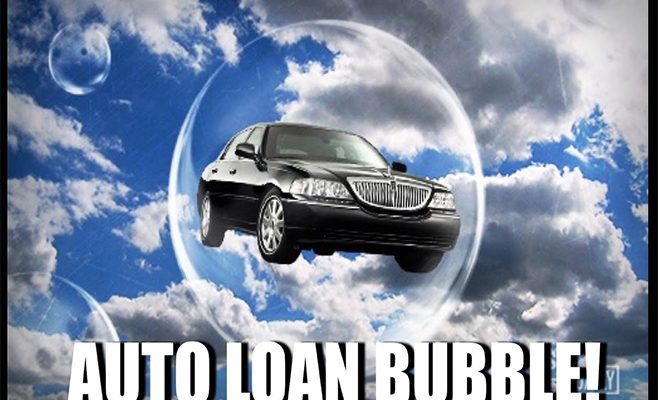
Used car sales have been up since 2008, and the price of used cars has been reasonable. Low-interest rates have made the purchase of used vehicles very affordable and auto loans easy to get. But economic reality has finally caught up with buyers as subprime loan delinquencies are increasing and expected to become worse.
Thanks to the Federal Reserve’s low-interest-rate policy, consumers have had a car-buying spree, with over $1.1 trillion in auto loans outstanding. As interest rates are rising, consumers are finding it more difficult to pay off old loans, while the number of new loans is down significantly.

For anyone paying attention, the subprime auto market is resembling the 2007 subprime mortgage bubble. Used car prices are the lowest since the 2008 market meltdown, although new car prices are up. The automobile industry has reason to be extremely concerned, especially since these defaults are occurring as the economy is supposed to be growing steadily. The question is, if all is well, how can these subprime auto loan delinquencies be near record highs?

Subprime lenders are aware that auto loans to borrowers with a credit score at or below 620 can be risky. They are also easily tempted by the high-interest rates paid by these consumers. These subprime loans are sold to investors, and the lenders make a nice profit. Until the money stops rolling in. With interest rates sharply on the rise, lenders are starting to panic.
This is a repeat of what led to 2008 when years of low-interest rate led skyrocketing mortgage loans. When the Federal Reserve raised its interest rates, chaos soon ensued in the subprime housing market. Will the same happen to the subprime auto loan market as delinquencies keep growing? The value of the used cars continues to depreciate as the subprime market is facing decreasing values as collateral.

Subprime-backed securities are still being bought up, with a used cars continues to depreciate into the market in 2018 alone. This is twice the securities sold during the same period in 2017. In the meantime, the subprime auto market losses are up 8 percent, up from 5 percent in 2013 due to lax standards for auto loans. As the loans become riskier, investors are less likely to continue buying bonds that could face default.

